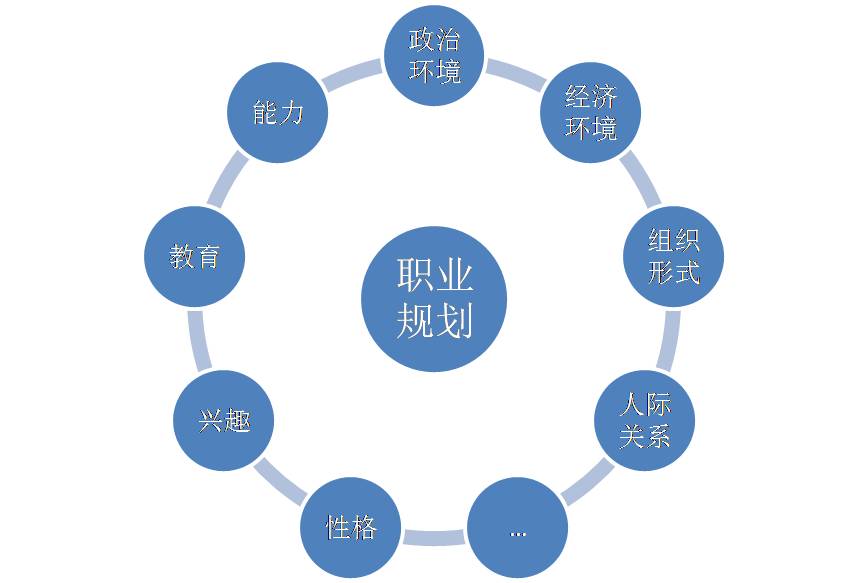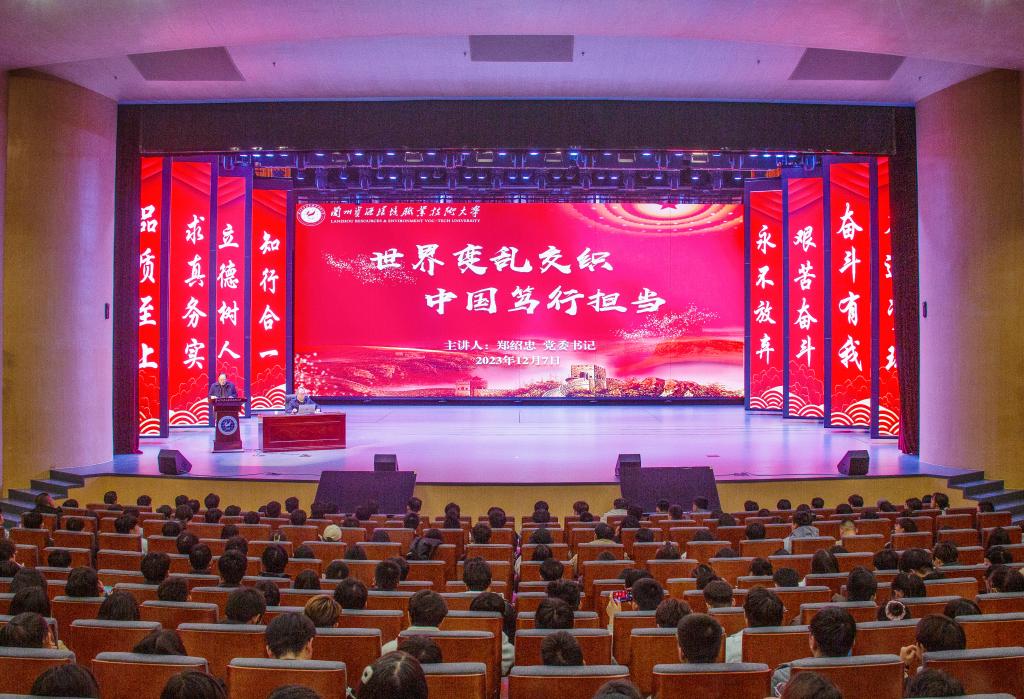Title: The Roots of the Generational Divide
In modern society, the concept of a generation gap, or more commonly referred to as the "generational divide," has become a topic of increasing concern. This divide is a cultural and social difference between generations that can lead to misunderstandings and conflicts. While the phenomenon is multifaceted, several key factors contribute to the emergence of the generational divide.
One primary cause of the generational gap is the rapid pace of technological advancement. Each generation grows up with different technologies and experiences different rates of technological change. Older generations might find it challenging to adapt to new technologies that young people find intuitive. This technological disconnect often leads to mutual feelings of exclusion and frustration.
Another contributing factor is differences in cultural values and norms. As time progresses, societal values shift, and what was acceptable in one era may not be in another. For instance, younger generations might prioritize individualism and self-expression, whereas previous generations might have placed greater emphasis on conformity and tradition. Such variances in value systems can create friction when generations interact.
Educational approaches also evolve over time, affecting how different generations think and learn. Modern education tends to encourage critical thinking and creativity, which can differ significantly from the rote learning methods of earlier times. This discrepancy in educational experience can result in divergent worldviews and problem-solving strategies.
Moreover, economic changes play a significant role in shaping generational differences. Economic downturns or periods of prosperity can greatly influence a generation's attitudes towards work, money, and security. For example, those who lived through times of scarcity may value financial stability more than subsequent generations who grew up in times of abundance.
The way media shapes information consumption is another reason for the generation gap. Younger generations, who are immersed in the digital world with instant access to information, process news and entertainment very differently from older generations who grew up with traditional media like newspapers and television. This results in varied perspectives on current events and social issues.
Finally, globalization has led to an intermingling of cultures that did not exist to the same extent in the past. This blending of cultures can lead to misunderstandings between generations who have had vastly different exposures to other ways of life.
In conclusion, the generational divide is a complex issue rooted in various societal changes, including technology, culture, education, economics, media, and globalization. Recognizing these causes is essential for fostering understanding and dialogue across generations. By embracing diversity and seeking common ground, we can bridge the generational divide and build a more harmonious future.
In modern society, the concept of a generation gap, or more commonly referred to as the "generational divide," has become a topic of increasing concern. This divide is a cultural and social difference between generations that can lead to misunderstandings and conflicts. While the phenomenon is multifaceted, several key factors contribute to the emergence of the generational divide.
One primary cause of the generational gap is the rapid pace of technological advancement. Each generation grows up with different technologies and experiences different rates of technological change. Older generations might find it challenging to adapt to new technologies that young people find intuitive. This technological disconnect often leads to mutual feelings of exclusion and frustration.
Another contributing factor is differences in cultural values and norms. As time progresses, societal values shift, and what was acceptable in one era may not be in another. For instance, younger generations might prioritize individualism and self-expression, whereas previous generations might have placed greater emphasis on conformity and tradition. Such variances in value systems can create friction when generations interact.
Educational approaches also evolve over time, affecting how different generations think and learn. Modern education tends to encourage critical thinking and creativity, which can differ significantly from the rote learning methods of earlier times. This discrepancy in educational experience can result in divergent worldviews and problem-solving strategies.
Moreover, economic changes play a significant role in shaping generational differences. Economic downturns or periods of prosperity can greatly influence a generation's attitudes towards work, money, and security. For example, those who lived through times of scarcity may value financial stability more than subsequent generations who grew up in times of abundance.
The way media shapes information consumption is another reason for the generation gap. Younger generations, who are immersed in the digital world with instant access to information, process news and entertainment very differently from older generations who grew up with traditional media like newspapers and television. This results in varied perspectives on current events and social issues.
Finally, globalization has led to an intermingling of cultures that did not exist to the same extent in the past. This blending of cultures can lead to misunderstandings between generations who have had vastly different exposures to other ways of life.
In conclusion, the generational divide is a complex issue rooted in various societal changes, including technology, culture, education, economics, media, and globalization. Recognizing these causes is essential for fostering understanding and dialogue across generations. By embracing diversity and seeking common ground, we can bridge the generational divide and build a more harmonious future.





